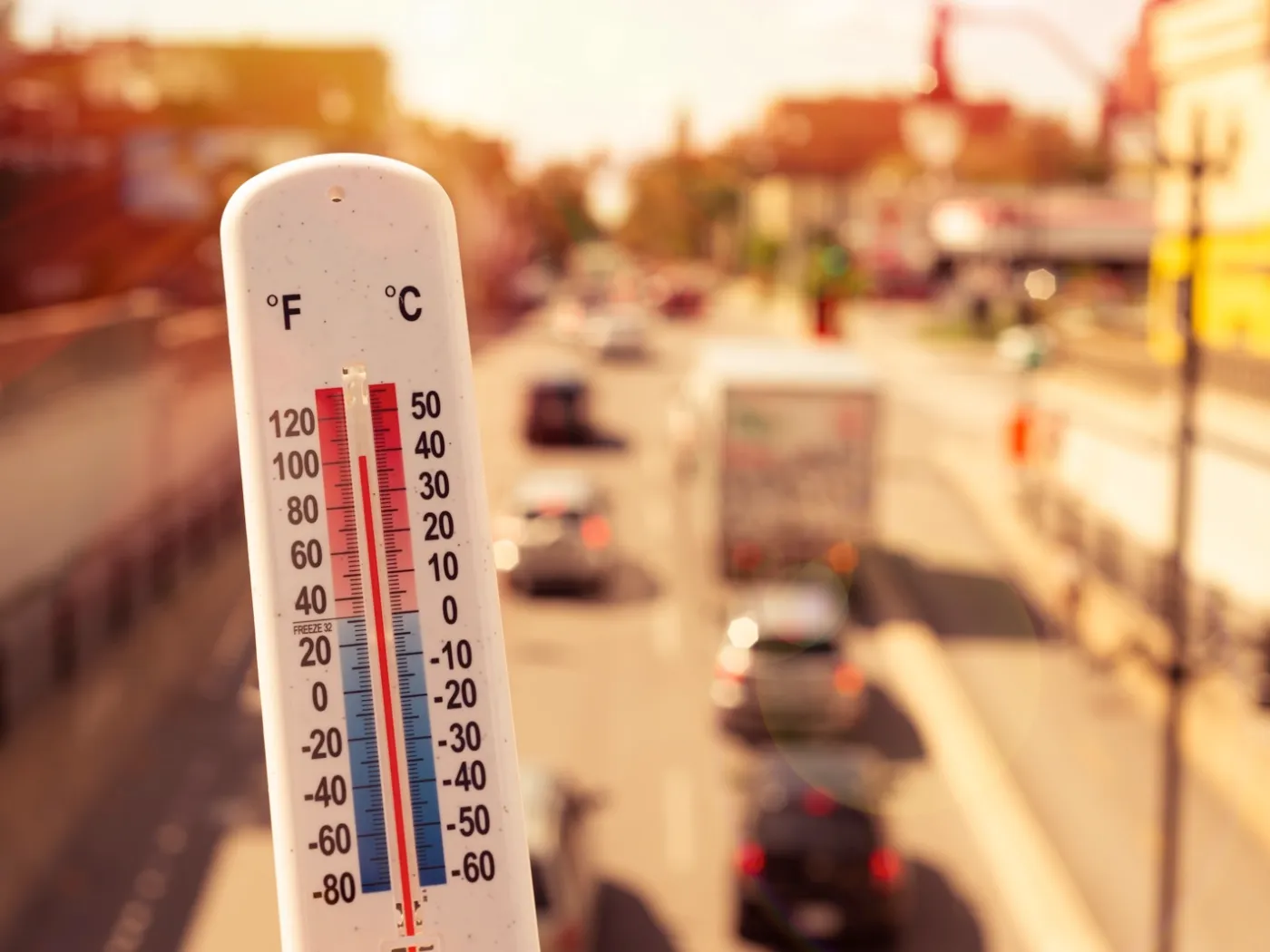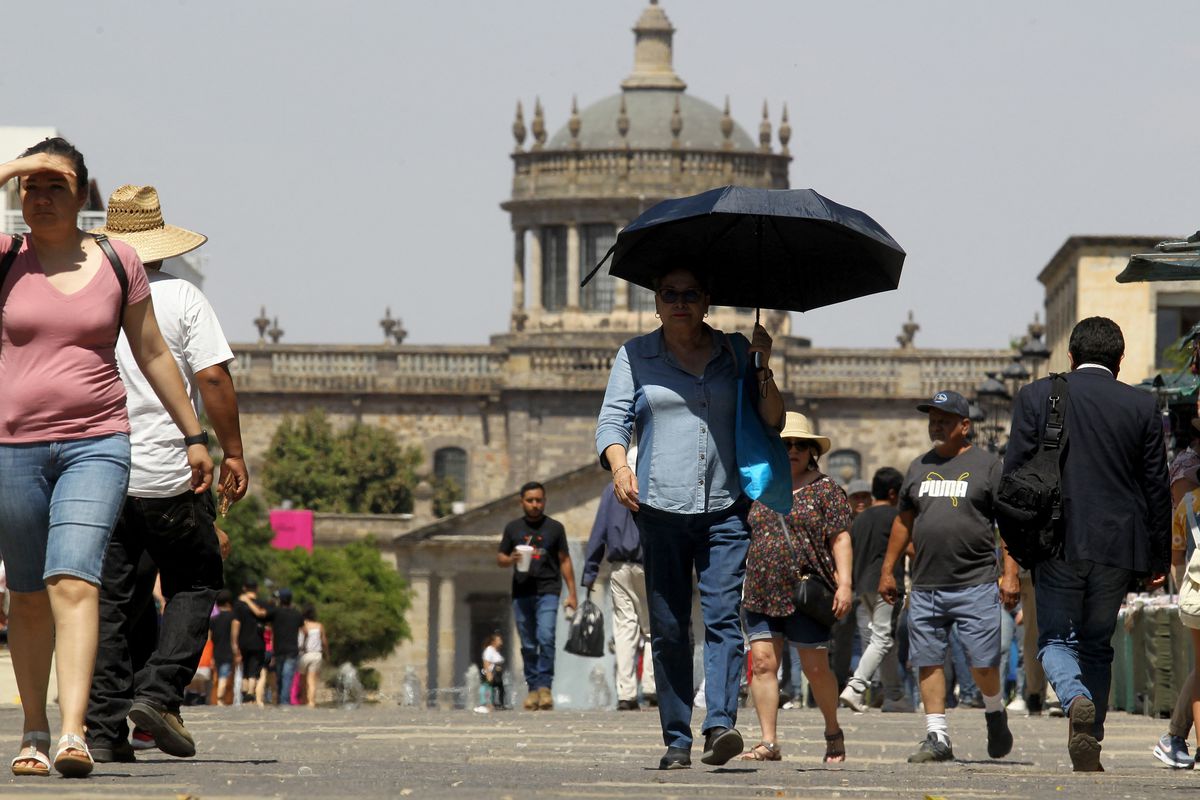As the calendar flips towards the summer months, the U.S. is bracing for what the National Oceanic and Atmospheric Administration (NOAA) predicts to be a “brutally hot summer.” This forecast is not just a mere seasonal shift but a warning of potential record-breaking heat waves that could significantly impact several states across the country. The increased heat is not only uncomfortable but brings with it heightened risks of droughts and wildfires, an alarming trend that could escalate in intensity.
According to the NOAA, this anticipated rise in temperature correlates strongly with the El Niño phenomenon currently influencing climate patterns across the Pacific Ocean. While El Niño typically involves cooling ocean temperatures in its tropical zones, paradoxically, it is expected to trigger hotter-than-average conditions across substantial parts of the United States.

Climate Change: A Driving Force Behind Rising Temperatures
The sweltering forecast for the upcoming months also highlights a more persistent and troubling issue: human-caused climate change. Climatologists argue that the influence of ongoing human activities on the climate contributes significantly to the severity of summer heat waves, a scenario that has been unfolding over recent decades. Cities like Austin, Texas, for example, have experienced a marked increase in days topping 100 degrees, a stark contrast to historical data.
This pattern of extreme heat is not merely a statistic but a daily reality that poses considerable challenges, especially to those working outdoors or in environments where air conditioning is not a standard amenity. While many southern states are equipped to handle such temperatures with adequate cooling systems, the northern regions, where high heat was previously a rarity, may find themselves underprepared.

The Bigger Picture: Economic and Health Implications
The ramifications of these heatwaves extend beyond discomfort and into serious economic and health concerns. Sectors such as agriculture, energy, and health care are likely to feel the heat in more ways than one. Increased temperatures can strain crops, elevate energy consumption due to air conditioning, and lead to heat-related illnesses, which can surge during prolonged periods of elevated temperatures.
Furthermore, the broader implications on environmental sustainability are significant. The stark reality of these climate trends serves as a clarion call for businesses and individuals alike to reassess their environmental impact. Reducing carbon footprints and implementing more sustainable practices are not just beneficial but necessary steps to mitigate the adverse effects of climate change.
U.S. MAXIMUM DAILY TEMPERATURES AT 2.3°C Summer NASA NEX-GDDP High emissions scenario (currently tracking towards). Extreme heat events higher matching same regions. 30°C is dangerous for populations and crops. Expect 2.3°C around 2050#heatwave #climatechange #globalwarming pic.twitter.com/BsSrb3vawY
— Peter D Carter (@PCarterClimate) January 24, 2024
Summer Safety: Stay Cool, Stay Informed, Act on Climate
As the summer progresses, staying updated on local weather forecasts and understanding the specific risks in your area becomes crucial. Preparing for high temperatures by implementing measures to stay cool can help mitigate the health risks associated with heat waves. Additionally, supporting and advocating for policies that address climate change not only at a local but also at a global level can contribute to long-term solutions for this pressing issue.

In conclusion, the impending summer heat is a reminder of the dynamic and often harsh realities of our changing climate. It underscores the importance of environmental awareness and proactive adaptation strategies to safeguard communities and ecosystems against the escalating pulse of global warming. As the heat intensifies, so does the urgency for action—both in policy and in practice—to ensure a cooler, more sustainable future.










